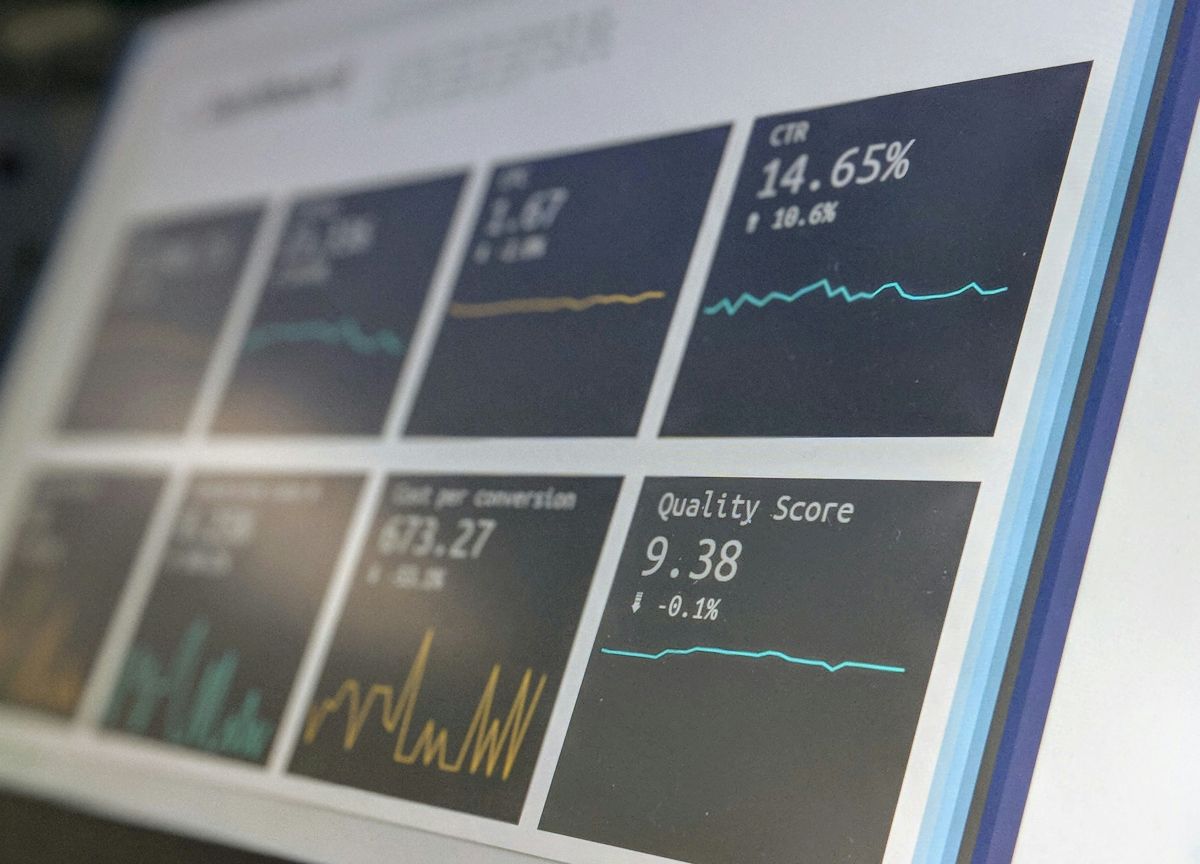How to Build a Winning Digital Marketing Strategy from Scratch
In today’s fast-paced digital world, building a strong digital marketing strategy is essential for the success of any business. Whether you're a startup looking to establish your online presence or an established brand aiming to improve engagement and sales, having a solid plan in place can make all the difference. A well-crafted digital marketing strategy not only helps businesses understand their audience better but also ensures that marketing efforts are aligned with business goals and objectives.
Creating a digital marketing strategy from scratch can be overwhelming, especially with so many different channels and tactics to consider. However, by following a structured approach, you can develop a winning plan that helps you reach your target audience and drive meaningful results. In this article, we’ll walk through five key steps to build a successful digital marketing strategy from the ground up.
1. Define Your Goals and Objectives
The first and most important step in creating a digital marketing strategy is to define clear goals and objectives. Without a clear understanding of what you want to achieve, your marketing efforts will lack focus, and it will be difficult to measure success.
Start by aligning your digital marketing goals with your overall business objectives. For example, if your goal is to increase brand awareness, your digital marketing strategy should focus on channels that help expose your brand to a larger audience, such as social media marketing, content marketing, or display ads. Alternatively, if your primary goal is to increase conversions or sales, then you might want to focus more on search engine optimization (SEO), pay-per-click (PPC) advertising, or email marketing.
It’s important to make your goals specific, measurable, achievable, relevant, and time-bound (SMART). This will allow you to track progress and adjust your strategy accordingly. For instance, instead of simply saying, “I want to increase sales,” a SMART goal would be: “I want to increase online sales by 20% within the next six months through a combination of email campaigns and paid ads.”
2. Understand Your Target Audience
To craft a strategy that resonates with your audience, you need a deep understanding of who they are and what they need. Knowing your target audience’s demographics, behaviors, and preferences is crucial for selecting the right channels and crafting personalized messages.
Start by creating buyer personas, which are detailed representations of your ideal customers based on data and research. These personas should include information such as age, gender, job title, location, income level, interests, challenges, and goals. The more data-driven your personas are, the better you can tailor your messaging and marketing tactics.
Conduct market research and analyze existing customer data to understand their behavior online. What kind of content do they consume? What social media platforms do they use? Are they more likely to engage with email campaigns or respond to targeted ads? Once you have a clear picture of your audience, you can create targeted content and choose the right marketing channels to reach them effectively.
3. Choose the Right Digital Marketing Channels
With so many digital marketing channels available today, it’s essential to choose the ones that align best with your goals and audience. Whether it’s social media, email marketing, or SEO, each channel has its strengths and weaknesses, so choosing wisely is key.
- Social Media Marketing: Social media platforms like Facebook, Instagram, LinkedIn, and Twitter are great for building brand awareness, engaging with your audience, and driving traffic to your website. Depending on your audience, you may want to focus on specific platforms. For example, LinkedIn is ideal for B2B businesses, while Instagram is better for visually-driven brands targeting younger audiences.
- Search Engine Optimization (SEO): SEO is the process of optimizing your website to rank higher on search engine results pages (SERPs). This is essential for driving organic traffic and improving visibility. Focusing on both on-page SEO (such as keyword optimization, metadata, and site structure) and off-page SEO (such as backlinks and social signals) will help you improve your search rankings over time.
- Pay-Per-Click Advertising (PPC): PPC campaigns on platforms like Google Ads or social media allow you to drive targeted traffic quickly. With PPC, you only pay when someone clicks on your ad, making it an effective way to reach potential customers in a short amount of time. You can also track the performance of your ads and optimize them for better results.
- Email Marketing: Email marketing remains one of the most effective ways to nurture leads and convert them into customers. Through email campaigns, you can offer personalized content, discounts, or promotions to your subscribers. Segmenting your email list based on user behavior and interests can significantly improve the effectiveness of your campaigns.
- Content Marketing: Content marketing involves creating and sharing valuable content that educates, informs, or entertains your target audience. This could be blog posts, videos, podcasts, infographics, or ebooks. High-quality content helps build trust and authority, ultimately driving traffic and conversions.
Selecting the right combination of these channels will depend on your audience’s preferences, your goals, and your resources.
4. Develop a Content Strategy
Content is the backbone of any digital marketing strategy. Once you’ve identified your target audience and chosen your channels, the next step is to create content that speaks to their needs and interests. A well-developed content strategy will help you create valuable and relevant content consistently.
Start by planning out your content calendar. This will help you stay organized and ensure that you publish content regularly. You should also focus on creating content that answers your audience’s questions, addresses their pain points, and aligns with their interests.
There are various content types to consider:
- Blog Posts: Write articles that are informative, helpful, and optimized for search engines. Blog posts help you rank higher in search results and provide your audience with valuable information.
- Videos: Video content is incredibly engaging and can be shared across multiple platforms, from social media to YouTube. Videos can help explain complex topics, showcase your products, or highlight customer testimonials.
- Infographics: Infographics are a great way to visualize complex data or ideas. They are highly shareable and help improve brand awareness.
- Webinars and Podcasts: Hosting webinars or starting a podcast allows you to engage with your audience in a more personal way, sharing expertise and insights.
Your content should be aligned with your goals, whether it’s driving traffic, generating leads, or building brand awareness. Be sure to optimize your content for search engines by using relevant keywords and providing value to your audience.
5. Measure and Analyze Your Results
A successful digital marketing strategy requires continuous improvement, and the best way to achieve that is by measuring and analyzing your results. Use analytics tools to track key performance indicators (KPIs) and adjust your strategy based on the data you collect.
Google Analytics is a powerful tool for monitoring website traffic, user behavior, and conversion rates. Social media platforms also provide built-in analytics to help you measure engagement, reach, and audience demographics. For email campaigns, you can track open rates, click-through rates, and conversion rates.
By consistently measuring your efforts, you’ll be able to identify what’s working and what needs improvement. This data-driven approach allows you to optimize your campaigns, reduce inefficiencies, and better serve your audience.
Find a Future in Digital Marketing
Building a winning digital marketing strategy from scratch requires careful planning, research, and execution. By defining clear goals, understanding your target audience, selecting the right channels, creating valuable content, and measuring your results, you can develop a strategy that drives tangible business outcomes.
If you want to take your digital marketing skills to the next level, consider enrolling in WorkForce Institute’s accelerated digital marketing course. Our comprehensive program provides hands-on experience and industry-relevant skills that can help you stay ahead of the competition and make an impact in today’s ever-evolving digital landscape.


